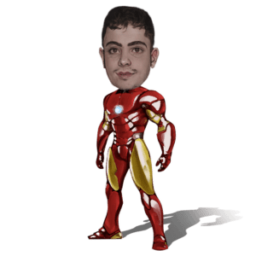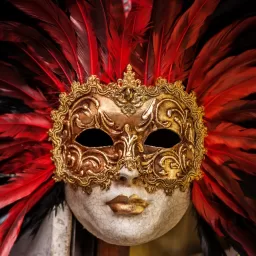
Baji quan, meaning open-gate eight-extremities, uses powerful short-range attacks, and is well-known for devastating elbow strikes. Originally from the Northern China Province of Hebei, it spread quickly to Taiwan, and other locations.
History
In its infancy, Baji quan was named bazi quan (rake fist), because practitioners held their fists slightly open and loosely, and struck downwards in a rake-like manner. It was later changed to baji quan, because the locals considered the former to be crude. The word baji is derived from the classic Chinese word Yijing, which means “extensions of all directions”; and translates as “the universe”, or “including everything.” The first known master was Wu Zhong, who lived around 1712. Other well-known masters include, Li Shuwen and Wu Xiufeng. Li Shuwen trained men like Huo Dian Ge, who was the body-guard for the last Emperor of China.
Baji quan’s history roots back to the Hebei martial art Piguazhang. Stories say Wu Zhong mastered both Baji quan and Piguazhang, and combined them into one effective martial art. Eventually the two art forms split entirely, and weren’t recombined until the late eighteenth century by Li Shuwen.
Branches
The branches that survived into modern times include:
· Han family Baji
· Huo family
· Ji family
· Li family
· Ma family
· Qiang family
· Wu family
· Wutang Baji Quan
· Yin Yang Baji Quan
Each branch has distinctive elements, along with many shared characteristics. Some lineages are only practiced in China, but others have made their way to the Western world.
Fighting Style and Form
A practitioner is trained to forcibly open an opponent’s arms, and mount an offensive against mid, high, and low body levels. It’s an effective close combat fighting style, because it emphasizes knee, elbow, hip, and shoulder strikes. While blocking, a student is trained to strike major body weak points, such as the neck, legs, and mid-section.
Forms are broken down into unarmed and armed routines. Twenty fist forms are used, including twelve Baji Small Structure Fists:
· Baji Black Tiger Fist
· Baji Dan Zhai
· Baji Dan Da/Dui Da
· Baji Luohan Gong
· Baji Si Lang Kuan
The eight weapon forms are:
· Spear, or Liu He Da Qiang
· Sword, or Chun Yang Jian
· Sabre, or San Yin Dao
· Staff, or Xing Zhe Bang
· Pudao
· A long two-handed blade, or Chun Qiu Da Dao (Mainly use by Generals)
Baji Power
Baji is a hard martial art that uses fist/arm punches, elbow strikes, shoulder strikes, and hip checks. All the maneuvers use short power, which is developed via hard, and long training sessions. It’s well-known for its quick movements, and emphasizes infighting, or coming in fast with a baji exclusive charging step, also known as zhen jiao. The effectiveness of baji is its power release methods (also known as “Jin”), which are explosive. Baji has six kinds of Jin, eight kinds of hitting methods, and multiple power usage principles. Most use a close range one-hit push-strike attack. The primary feature of baji is the momentary acceleration from the waist to the limb, culminating in a powerful charging step. Training is brutal, and focuses on lower body exercise, and strengthening the body for a strong horse stance.
The Bottom Line
Baji is a hard style martial art that’s mainly used in China; however, Wutang Baji is taught in western cultures. Its fast paced, taking the traditional kung fu quickness stereotype to its limit, as seen here. There are not a lot of masters in North America, however a quick search online will yield some results. If you’re looking for a martial art that is sparsely used in the West, uses super-fast attacks, and grueling training, Baji quan might be for you.
Modern Samurai Society – Standing United We Pack a Punch
xing.com
#Baji #Quan #Hard #Powerful #Martial #Art
Will be pleased to have you visit my pages on social networking .
Facebook page here.
Twitter account is here.
Linkedin account here
Post byBedewy for info askme VISIT GAHZLY




